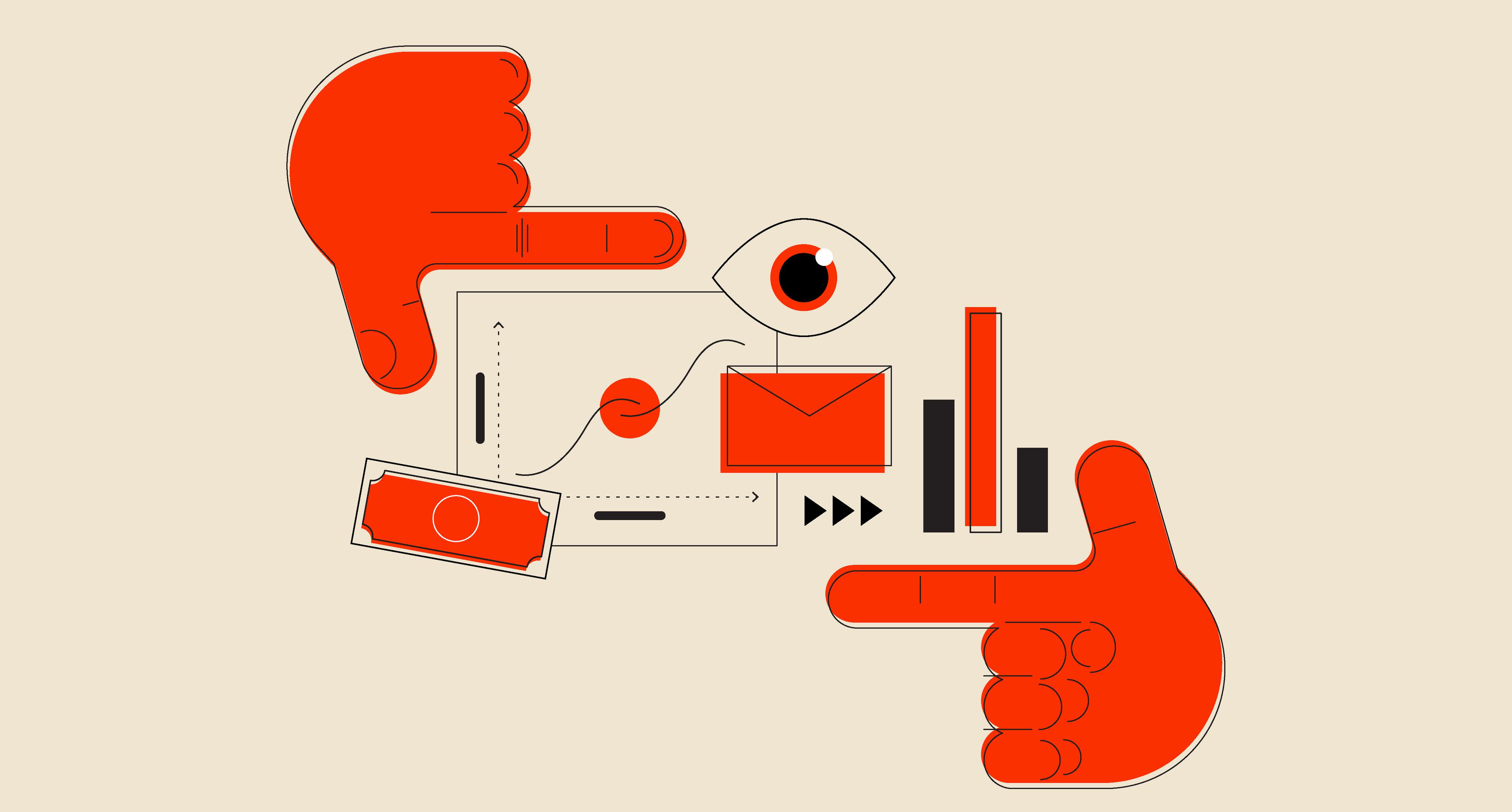
The coronavirus pandemic is having an enormous impact on the economy and daily life for millions around the world. Most of us are anxious for things to return to normal. Many are starting to think about what comes next, but in higher education, a new reality was already emerging. Today’s crisis may accelerate changes already underway.
In so many ways, higher education has been an enormous success. It’s raised the waterline for society and given many people access to employment and a larger world. Like many institutions created in the last century, colleges and universities became successful businesses and a vehicle to producing a predictable product at scale – in this case, graduates with degrees. Most schools were built for an industrial economy.
There are challenges. Tuition rates have risen much faster than inflation, making college harder to afford. With elaborate mechanisms for grants and scholarships, many students don’t even pay the full price. Still, college debt is a crisis for many people, contributing to a generation of millennials notably poorer than previous generations. Accessibility for underserved populations is a serious problem. Falling graduation rates suggest the difficulty of staying the course and erosion in perceived value. Iconic billionaires like Bill Gates, Steve Jobs, and Mark Zuckerberg are all college drop-outs, adding to a social narrative questioning the overall return on investment. There are many who believe that education was already at a tipping point, from colleges resetting their tuitions to politicians calling for public schools to be tuition-free.
In the meantime, distance learning enhanced by technology has been changing the game. From Khan Academy to MIT Open Courseware, access to education content is being democratized. Education innovators like the University of Phoenix have moved from pariah to case study. Online learning and blended models are emerging all over the world. A notable rise in certification programs, from specialized industry groups to LinkedIn Learning, points to the need for increasingly agile, ad hoc, and adaptive learning approaches. Emerging education platforms like Udemy, Coursera, Skillshare are changing models for content creation and delivery. Education as a whole is jumping the S-curve, whether traditional schools are ready or not.

Change is hard, especially for incumbents. The education ecosystem is mature with fixed dimensions: Administration and staff, faculty and tenure, campus life and facilities, academics and clubs, students and alumni, sports and donations. The boundaries of the box are clearly defined, but the need for change is real. There will be winners and losers. Today’s student has more choices, expectations, and will gravitate to places where they see real value and meaning. Schools with a strong brand and endowment are better equipped to navigate these new waters. In the digital age, being local is not a monopoly. Schools with a weaker position, vision, and lower risk tolerance may simply go away without substantive change. Strong leadership will be necessary.
Managers manage the present, but leaders manage the future. Leaders decide which problems to solve, and the problems ahead require rethinking assumptions about what it means to be a school. The goal, content, and delivery of education need to be reconsidered.
Employability is one goal, so how will future employers think about degrees? Significant employers like Google and Apple have started to drop their degree requirements altogether. The broader aims of liberal education have been de-emphasized in recent years, but are likely to remain relevant as we balance technological achievement with ethics. The focus becomes content – what will students need? In a rapidly changing world, people need academic fundamentals but emergent life skills, too: Agility, grit, balance, resilience. How will those classes be different? As for delivery, how should an institution of higher learning think about technology? Future models won’t just bolt on new platforms to old paradigms. There will be less of an emphasis on buildings with rich donors’ names on them. Students need lifelong learning. Will education be time-boxed to four years? It will require a more wholesale shift in thinking.

All these factors were at play before the pandemic. Now, they’re accelerating. Working from home and social distancing will bring a new context to what we can achieve from a distance. The pressure for learning to evolve is even greater today, having collectively experienced 10 years of change in 10 weeks. The education system, from K-12 through graduate programs and lifelong learning, needs to adapt rapidly to remain relevant and vital. Our economy and society depend on it.
Forging a future vision today requires a focus on values and meaning – for learners, but also educators, employers, and the broader education ecosystem. It means understanding how perceptions lead people to act, and how new experiences and habits can shape behavior. Setting a new course for colleges and universities is an essential next step for education leaders – and of significant consequence for society at large.
